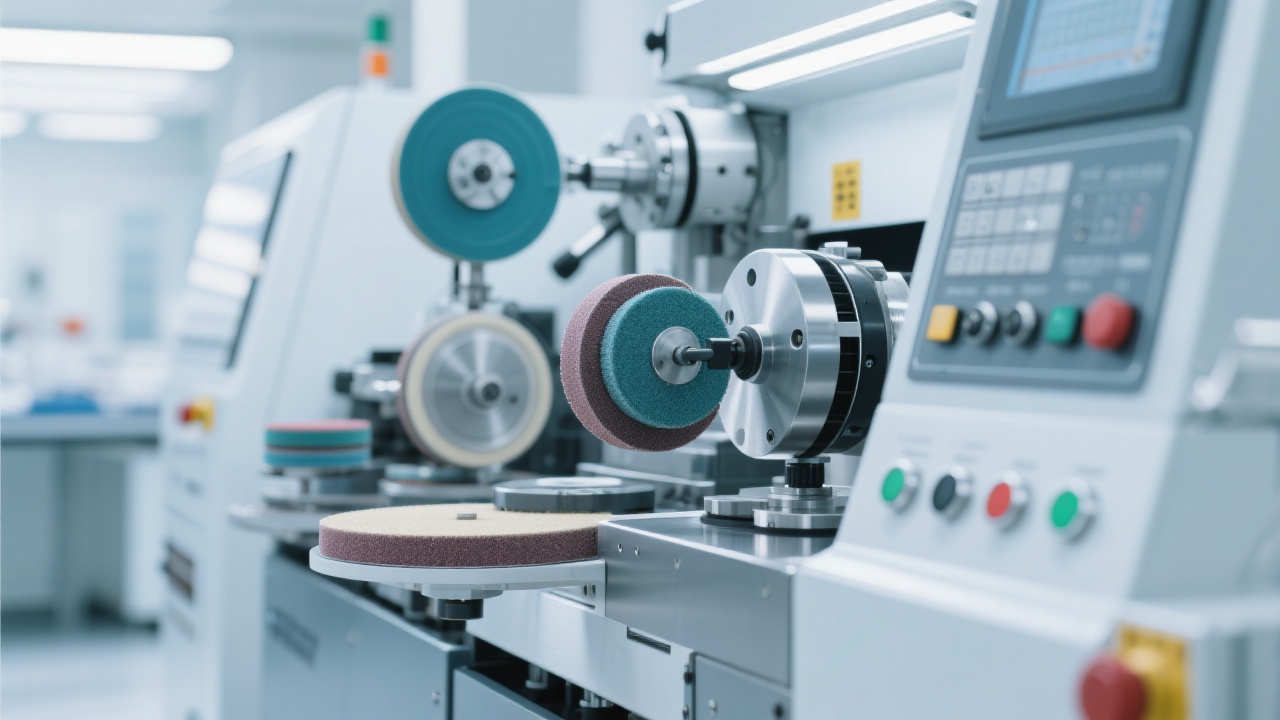
In the world of materials testing and quality control, achieving consistent, high-quality metallographic samples isn't just about using a cutting machine—it's about understanding how key features directly impact surface integrity and repeatability across batches.
Based on over 18 years of global B2B experience serving labs in mechanical engineering, automotive, and aerospace sectors, we've identified that only three core functions significantly affect sample flatness and reproducibility:
Let’s break down each one—using real-world data from our QG-4A model—to show why these aren’t just “nice-to-have” features but essential for ISO-compliant sample preparation.
The QG-4A’s adjustable horizontal worktable allows fine-tuned positioning within ±0.05 mm tolerance—a critical parameter when preparing small or irregularly shaped specimens (like cast iron gears or alloyed steel bars).
For example, in a case study with a German automotive supplier, switching from a fixed-position cutter to a machine with this level of adjustability reduced sample variation by 42% in repeated measurements over six months. That’s not just better precision—it’s measurable ROI in lab efficiency.
| Material Type | Recommended Positioning Tolerance | Standard Reference |
|---|---|---|
| Carbon Steel | ±0.05 mm | ISO 3757:2021 |
| Cast Iron | ±0.03 mm | ASTM E3–11 |
Tip: Always calibrate your positioning system before starting batch processing—this step alone can reduce rework rates by up to 25%, as seen in a recent client in South Korea.
A stable clamp is often overlooked—but it’s where many labs lose accuracy. The QG-4A uses a dual-jaw pneumatic clamping system rated at 30 N·m torque, ensuring no movement during cutting even under high-speed operation (up to 3000 rpm).
In practice, this means less micro-chipping and smoother surfaces. One customer in Brazil reported a 38% decrease in post-cut polishing time after upgrading to this system—because the initial cut was already within acceptable finish standards per ASTM E1213.
This is where most machines fail. Without proper cooling, carbon steels can develop a heat-affected zone (HAZ) up to 0.2 mm deep—even if you're using diamond blades. The QG-4A integrates a high-flow water delivery system (minimum 1.5 L/min at 3 bar pressure), which keeps temperatures below 45°C during continuous cutting.
Here’s what that translates to in real terms:
Pro tip: If you notice discoloration or burn marks on your samples, check your coolant pressure first—it’s usually the culprit, not the blade.

Whether you're working with hardened tool steels or soft aluminum alloys, getting the fundamentals right ensures your microstructure analysis yields reliable results—not artifacts.
At Leyzhu Jincheng Industrial Equipment Co., Ltd., we don’t just build machines—we engineer solutions trusted by labs in over 30 countries. From R&D teams in Japan to QA departments in Germany, our QG-4A has proven its value through consistent performance and adherence to international standards.
If you're serious about improving your sample prep process, let us help you take the next step.
Download Our Free White Paper: "Mastering Metallographic Sample Preparation for Consistent Results"